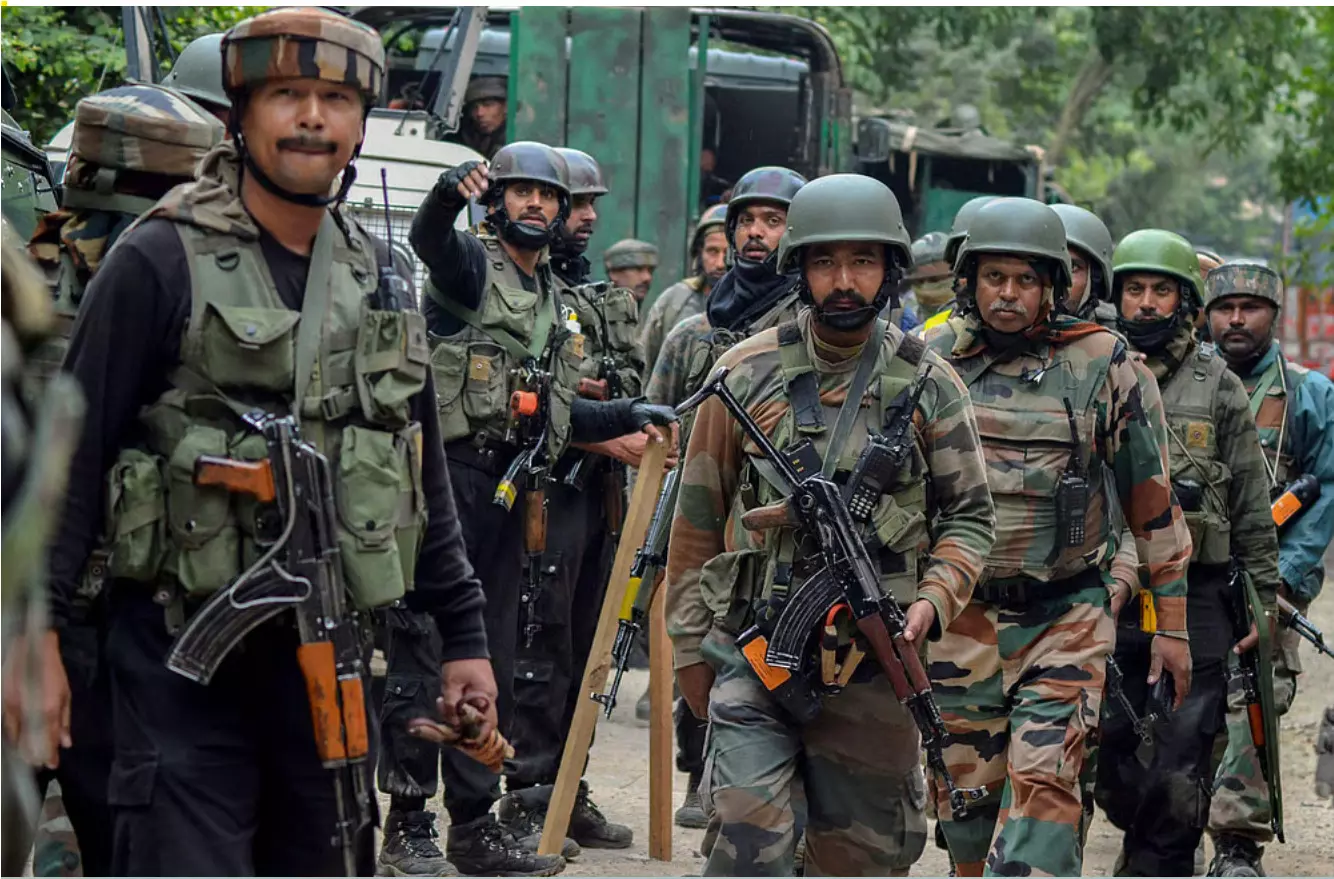Multipronged Menace

“How long?” is the moot question. Even after more than seven decades of its merger in the Union of India, and five decades of its statehood, Manipur is still reeling under the debris of insurgency. The recent gunfight in Manipur’s Chandel district, in which 10 armed militants were killed during spat with Assam Rifles, is yet another indicator that insurgency in Manipur is alive and kicking—much to the chagrin of common masses and the administration. The neutralisation of militants, by no means, can be celebrated with a sense of victory. It is rather a sign of failure in stemming the resurgence of insurgents from the very heart of the region—its population. Among those killed, several might have turned into worthy Indian citizens had they not gone the murky route. Some of the deeper wounds of society in Manipur are still waiting to be healed.
The firefight in Chandel—a remote hilly district bordering Myanmar—is obviously a familiar script in Manipur’s troubled saga. The underlying causes of the insurgency that have gripped the state for over five decades remain largely untouched. Unfortunately, what continues to fuel the rebellion is not just ideology or foreign support, but a disheartening mix of social alienation, economic marginalisation, and political neglect. Manipur, as is known, is a patchwork of diverse ethnic identities. The Meiteis dominate the Imphal Valley, while the hills are home to tribal communities such as the Nagas, Kukis, Hmars and others. This ethnic mosaic, which could have been a source of strength, has sadly been turned into a theatre of competing grievances. Disparities in access to resources, land rights, education, and employment have sharpened the divide among communities, as also between the people and the government. When identity is forced to metamorphose into a sense of insecurity, extremism finds an easy breeding ground, especially if it is catalysed by ideological manoeuvres.
It must be recalled that the seeds of militancy in Manipur were sown not just by separatist dreams but also by prolonged political indifference. The delayed grant of statehood in 1972 left many in the valley disillusioned with the Indian Union. Groups like the United National Liberation Front and the People's Liberation Army, in fact, took birth from this disenchantment, inspired initially by Marxist ideologies and later by ethnic assertiveness. Even when security forces managed to quell these movements temporarily, the absence of meaningful political outreach and solution allowed them to regroup time and again. Over the decades, insurgency in Manipur has evolved — from revolutionary fervour to a complex web of extortion, gun-running, and ethnic militias that also have money-making motives. The porous Indo-Myanmar border is a persistent challenge that provides safe havens and escape routes to insurgents. Furthermore, recent arrests across multiple districts point to the continued presence of banned outfits like the PLA, KCP and UNLF. These groups now operate more like armed mafias, extracting money from ordinary citizens, traders, contractors, and even government employees. And yet, young men continue to join their ranks. Why? Because for many, the state has failed to offer a better alternative.
Counter-insurgency operations can break camps, kill commanders, and seize arms, but they cannot erase the feeling of alienation. That requires schools in the hills, roads that connect people and, most importantly, policies that unite rather than dividing people along ethnic lines. To truly end insurgency in Manipur, we must stop treating it merely as a security problem. It is, at its core, a human problem — born out of decades of social exclusion, economic disparity, and political short-sightedness. Armed solutions can win battles, but peace will only come when every community in the state feels respected and empowered. The guns may fall silent after a successful operation. But if we do not dismantle the deeper scaffolding of insurgency — inequality, mistrust, and ethnic polarisation — the silence may not last. It never has.



